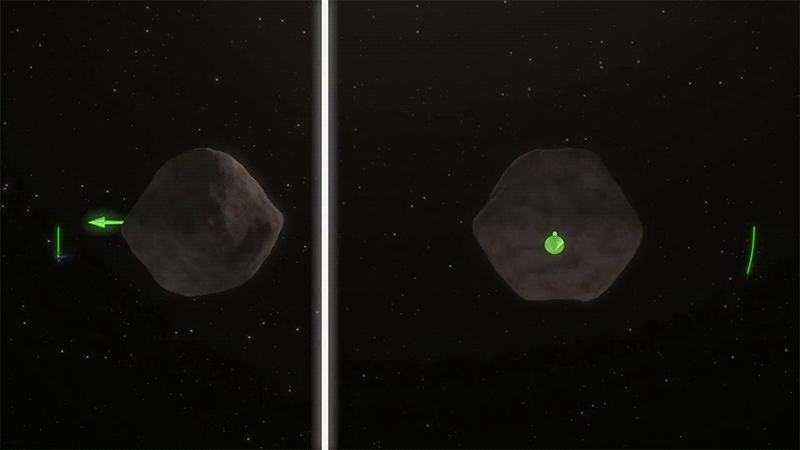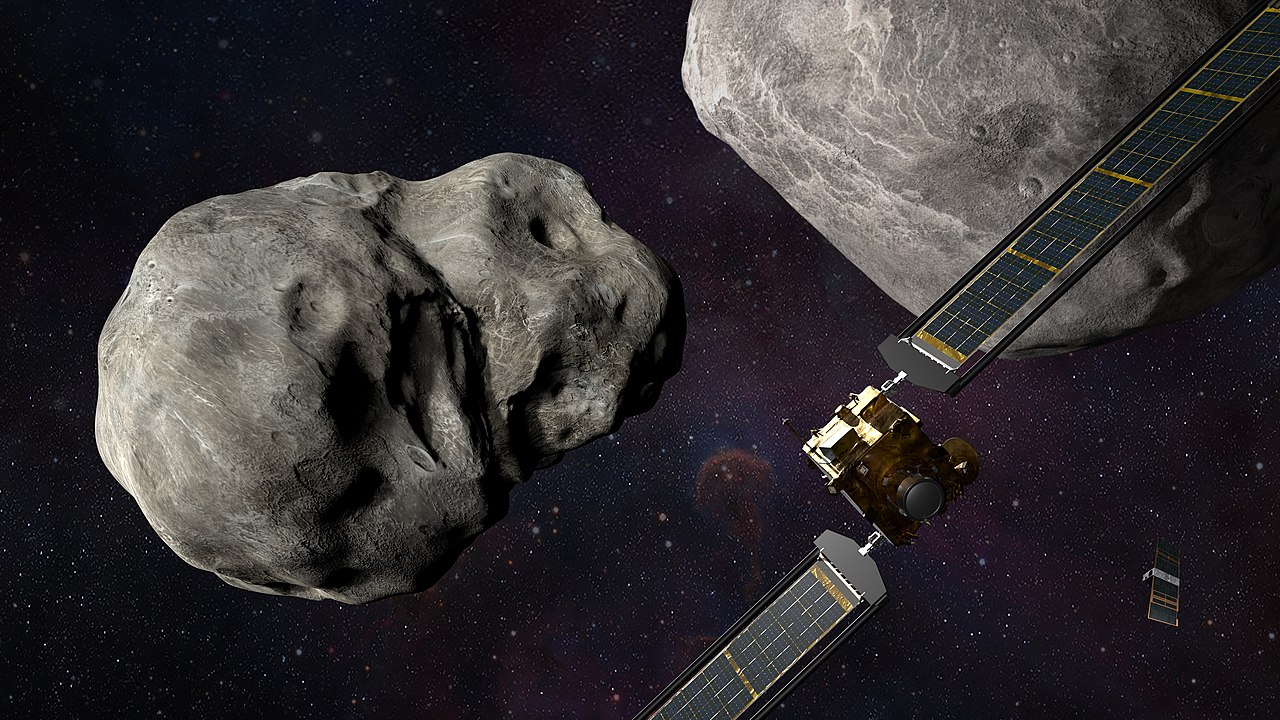There’s an old joke that the dinosaurs are only extinct because they didn’t develop a space agency. The implication, of course, is that unlike our reptilian ancestors, we humans might be able to save ourselves from an impending asteroid strike on Earth, given our six-and-a-half decades of spaceflight experience. But the fact is that while we have achieved amazing things since Sputnik kicked off the space age in 1957, very little effort thus far has gone into developing asteroid deflection technologies. We are woefully inexperienced in this arena, and aside from our Hollywood dramatizations of it, we’ve never yet put our capabilities to the test. But that’s about to change.
Wu Yanhua, deputy head of the China National Space Administration (CNSA), announced last week that they plan to carry out an asteroid deflection test as early as 2025 – part of a larger asteroid monitoring and defense system that the CNSA is in the early stages of developing. The monitoring system will consist of both ground-based and space-based instruments, used to catalog near-Earth objects that may pose a threat.
Monitoring systems are especially important because the earlier you catch an incoming asteroid, the easier it is to deflect. A distant asteroid might need only a minor tap to redirect it enough to miss Earth – the later an asteroid is seen, the more difficult it would be to change its course.
You can sleep well knowing that space agencies around the world have already built robust asteroid monitoring systems, and have cataloged many thousands of solar system objects. None of them pose a realistic threat in our lifetimes (currently, the highest risk object, known as 2010 RF12, has a 4.8% chance of an Earth impact in 2095. This 7-meter asteroid would cause a fireball similar to the Chelyabinsk meteor in 2013). Still, there may be more out there we haven’t seen yet, so the CNSA’s new monitoring project is a welcome addition.
When it comes to asteroid hunting, the smallest objects are the hardest to see, but, like the shooting stars that streak harmlessly through the sky every night of the year, these are unlikely to cause damage. On the other end of the spectrum, the largest asteroids out there are capable of causing an extinction-level event, but are easy to spot and keep track of. It is actually the middle-sized asteroids that are the most dangerous – big enough to do localized damage, but small enough that we may not find them in time.
Observing asteroids up close also helps us understand how best to deflect them. NASA’s OSIRIS-Rex mission, which recently visited near-Earth asteroid Bennu, discovered Bennu to be a loose, gravel pit of an asteroid. Such a target would require a different technique to deflect it than a homogenous, solid chunk of rock. With enough time and warning, potential options include a gravity tractor (gently tugging at the asteroid with the mass of a spacecraft orbiting it) or painting the exterior of the asteroid white (changing the way the asteroid is heated and cooled by the Sun, slowly affecting its orbit via the Yarkovsky effect).

The simplest solution, of course, is to just hit an asteroid really hard.
The CNSA’s new monitoring program will be paired with an engineering effort to design and build a high thrust rocket that can carry a kinetic impactor: a payload designed to punch an asteroid with enough force to change its orbit. The target asteroid they plan to test the impactor on is, as yet, unannounced.
NASA and ESA are also taking their first steps toward developing kinetic asteroid defense capabilities. NASA’s DART mission, launched last November, will attempt to change the orbit of Dimorphos, a tiny moon circling asteroid Didymos, by slamming into the moon at high speed. This is the first test of its kind, and the resulting change in trajectory is likely to be very small. This is, in large part, the reason DART is targeting a moon rather than a lone asteroid: it will be easier to measure the tiny changes in Dimorphos’ orbit with nearby asteroid Didymos available to provide a frame of reference.
The DART mission will impact Dimorphos in September of this year, and will be followed up in 2027 with Hera, an ESA mission that will observe the aftermath of the impact up close.
The existential threat of an asteroid impact is small in the short term, but is almost certain in the (very) long term. As such, asteroid monitoring systems and deflection tests like DART and the CNSA’s new impactor project are important first steps to keeping Earth safe, and making sure we don’t go the way of the dinosaurs. Now, if only we could get climate change under control…
Featured image: Artist’s impression of NASA’s DART mission. Credit: NASA/JHUAPL/Steve Gribben.
More: Fan Anqi, “China to build asteroid monitoring & defense system, to conduct tests as early as 2025.” Global Times.

